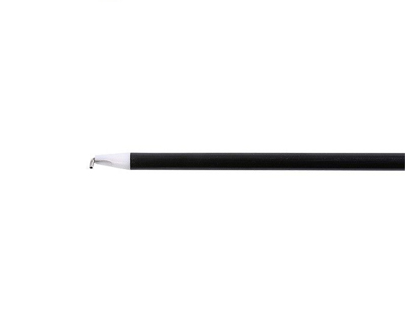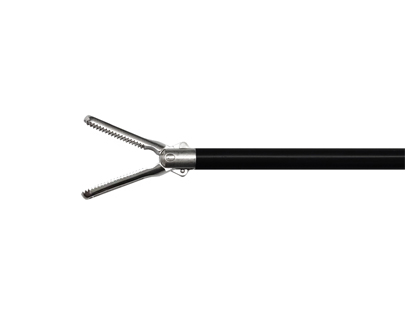Is Minimally Invasive Surgery the Same as Minor Surgery?
Understanding minimally invasive surgery
With changes in treatment concepts, advances in surgical equipment and improvements in surgical techniques, many diseases that used to require open surgery can now be treated through minimally invasive surgery. The use of artificial intelligence technology, surgical navigation systems, and surgical robots has given a boost to the development of minimally invasive surgery. Minimally invasive surgery not only solves patients' health problems like open surgery but also causes minimal trauma, does not affect appearance or function, and has fast recovery.
Is minimally invasive surgery just a minor surgery?
Many patients and their families have misunderstandings about preoperative examinations and postoperative rehabilitation for minimally invasive surgery. "Why do we need to do preoperative examinations for such a minor surgery?", "Why do we need to rehabilitate after such a minor surgery?", "Why does a tiny surgery like repairing the crossed ligament cost more than 20,000 yuan?" and so on. So, is minimally invasive surgery a minor surgery?
Minimally invasive surgery, as the name suggests, is a surgical process with minimal damage. Some surgeries involve small incisions on the skin, followed by the insertion of laparoscopic, thoracoscopic, arthroscopic or spinal endoscopes through this incision to enlarge the affected area. Doctors can treat the affected area with the help of special instruments, as observed through the television screen by medical imaging systems. This includes laparoscopic cholecystectomy, thoracoscopic surgery, arthroscopic surgery, spinal endoscopic procedures, and so on. Alternatively, they may insert internal fixation devices through small incisions in the skin, such as percutaneous vertebral arch fixation therapy for thoracolumbar vertebra fractures, or minimally invasive fracture internal fixation technology. Percutaneous puncture therapy may also be used to treat conditions such as balloon expansion vertebroplasty, which treats vertebral fractures or tumors caused by osteoporosis, among others.
From this, we can see that minimally invasive surgery is just a minimally invasive form of traditional surgery. Like traditional open surgery, these minimally invasive surgeries require precise anatomical layer-by-layer exploration of the human body, reaching the affected areas with accuracy, treating the affected areas correspondingly, including resection of lesions (such as disc herniation), tissue reconstruction (such as crossing ligament reconstruction or meniscus suture), tissue loosening (such as nerve decompression loosening), structural fixation (such as vertebral pedicle fixation), tissue strengthening (such as vertebral strengthening), and others.
Therefore, aside from small incisions and minimal tissue damage, minimally invasive surgery is essentially no different from traditional open surgery. Therefore, minimally invasive surgery is not equivalent to minor surgery. The preoperative examinations, postoperative rehabilitation, surgical materials and other necessities for traditional open surgery are also necessary for minimally invasive surgery.



